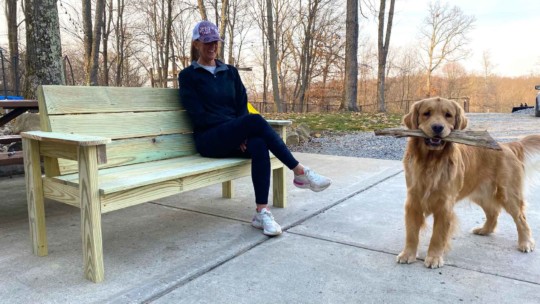Does your backyard tend to take on excess surface water, or collect an abundance of groundwater? If so, Outdoors With The Morgans YouTube host Mike Morgan’s here to help. In this Backyard Life video, the veteran homesteader will demonstrate a French drain installation to divert unwanted water away from your yard and home’s foundation.
Mike’s installing a French drain down at the “brick house” that borders his family’s homestead. Mike’s chosen to install it because there’s a low area in the backyard that collects rain water and doesn’t drain well. If Mike doesn’t grade this area each year, it’ll fill in with—and collect— unwanted surface and groundwater.
Build Supplies
1. Load of stone: Mike picked up 2 ½ tons of 2B limestone. While he’s used both river rock and limestone on past French drain projects, Mike prefers cleaner Pennsylvania limestone. This is because it doesn’t clog up his piping like river rock oftentimes does.
2. Piping: While standard black corrugated pipe will do the trick, Mike opts for 4-inch perforated light wall piping, instead. Namely, because any water that runs down in the trench will drain through the pipes and then away from the house.
French Drain Installation
1. Mike begins this build by mowing his grass down as close to the soft areas as possible, but not so much that his Exmark gets stuck.
2. Mike then uses an excavator to dig the trench, moving the dirt to fill low area and level the entire area out.
3. Next, Mike adds and levels a 1 ½-inch layer of limestone in the trench.
4. Mike then lays his piping down into the trench. He purposely positions the piping hole-side down to keep silt and sediment from washing down into his piping.
5. Next, Mike connects his pipes together, choosing not to do so using glue.
6. Mike then uses a level to ensure his piping’s flowing at the desired angle and direction.
7. Finally, Mike begins grading his limestone with a shovel to ensure his piping stays intact, then backfills the rest of his limestone up to ground level.
Mike’s French drain was installed to collect surface and groundwater. However, if you’re only dealing with groundwater, Mike says you can hold your limestone down with woven geotextile and a layer of topsoil so you can then mow the area.



